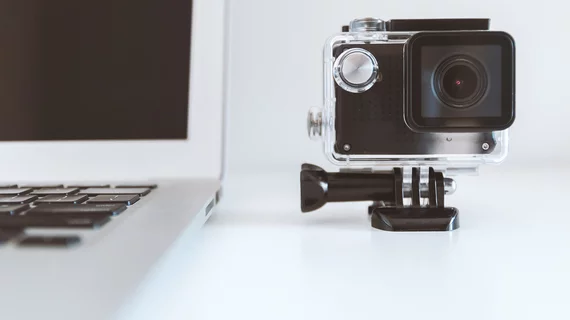Researchers have combined AI with a common camera and a laptop computer to virtually modernize older-tech pumps and monitors positioned at patients’ bedsides.
The team pulled it off by continuously snapping photos of standard medication IV readouts, digitizing the data with optical character recognition, adding additionally retrieved physiological data and transferring the results to off-the-shelf software.
The researchers used traumatic brain injury equipment and software but suggest the technique is generalizable to other indications.
The work was conducted at the University of Manitoba in Canada and is described in a study that’s current in Frontiers in Big Data.
Senior author Frederick Zeiler, MD, PhD, and colleagues say their system shows text information extraction, or TIE, can work to marry computers with older devices that cannot, on their own, integrate with electronic health records.
“In this way there is an opportunity to extract data even when there is no capability of directly accessing the digital port, or when no digital output is offered,” write neurosurgeon Zeiler and co-authors.
The team acknowledges several shortcomings in their technique but stresses the proof-of-concept nature of their exercise.
“[T]he design and operation of this system enforces the desire for a robust TIE methodology, due to the tenuous precision in the output,” the authors comment. “The mixed precision is caused by errors mostly relating to the optical character recognition methodology for recognition, thus the field of text extraction is expanding with new developments and emerging improvements to all aspects of TIE processing.”
Along with demonstrating a novel use of computer vision to digitize clinical data, the project puts forth a low-cost way to mitigate the significant problem of human error in medical data collection, the authors point out.
More:
In both the clinical care provision and biomedical research fields, data accuracy is critical. Errors in bedside or e-chart data entry, associated with human-based methods, can impact care delivery and safety for patients by allowing for treatment decisions to be made on inaccurate information. Similarly, accuracy of data in biomedical research is paramount as the focus of care becomes more responsive and individualized.”
The study is available in full for free.

